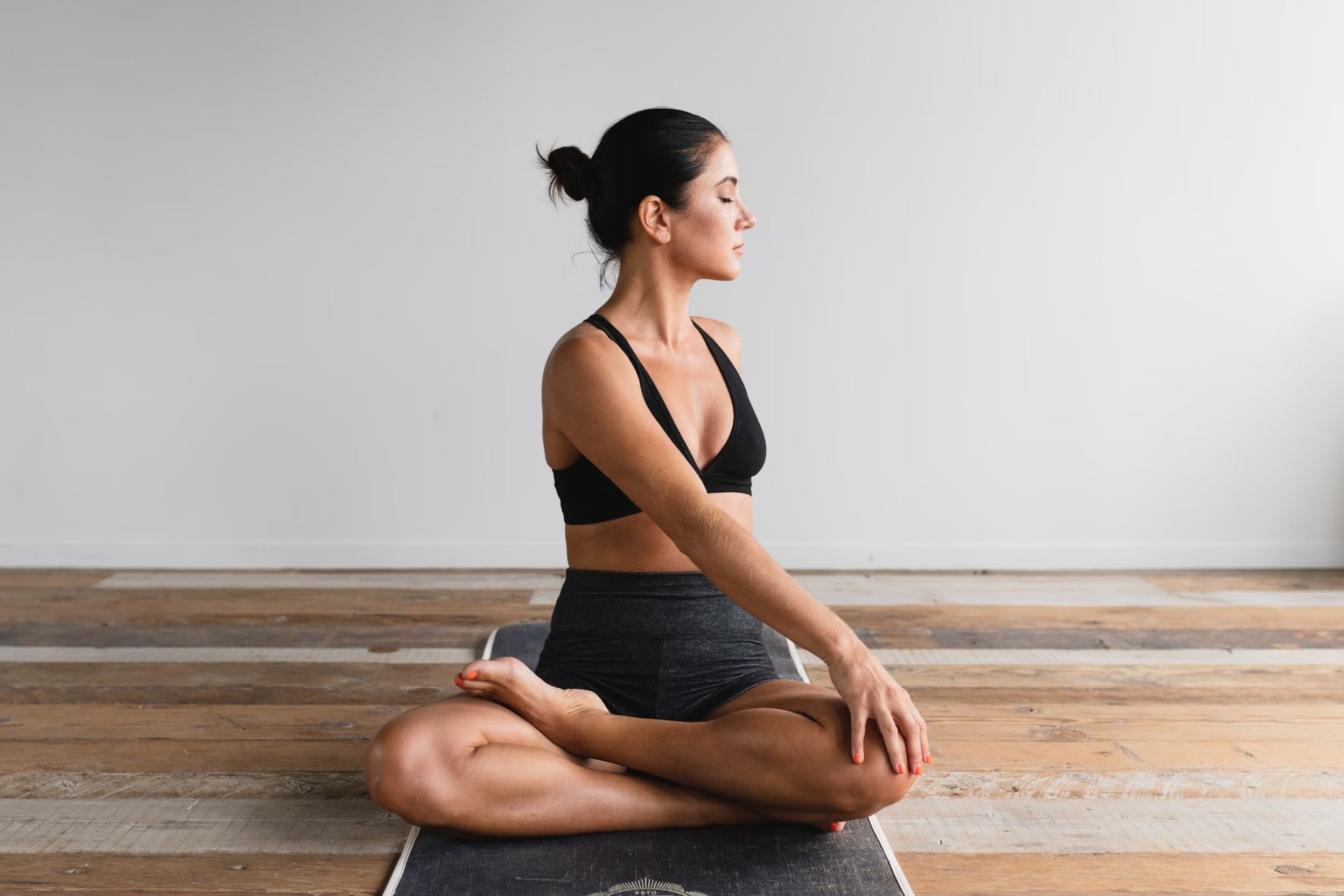
Body + Mind is reader-supported. We may earn an affiliate commission when you buy through some of the links on our site.
Perhaps you’re looking for something more mindful than your usual HIIT class, or maybe you’re looking for an exercise that can help you manage your chronic pain. If you’ve been eyeing yoga and Pilates, you’re not alone. Many are drawn to these practices, but the question is which one fits you best? Find out what is the difference between yoga & Pilates, as well as guidelines to help you choose the right practice for you.

Yoga is an ancient practice that originated in India. It means to join or unite, symbolizing the union of body and mind. This fitness practice involves poses — or asanas — that you can do to promote relaxation. There are more than 10 types of yoga, including:

According to Dr. Melissa Leber, MD via Vogue, Pilates is a low-impact exercise that focuses on core strength by doing various movements. It can be done on a mat or a reformer machine. It’s introduced by Joseph Pilates, a circus performer and boxer — two jobs that require strong core strength.
If you’re on TikTok, you may also associate it with last year’s hottest fitness trend. While you can do it at home — or even against a wall (check out wall pilates) — it’s essential to ensure proper execution of exercises to prevent injury and assure better results.
The key difference between these fitness activities is the movements involved. Yoga has a slower pace and requires holding certain poses for a given time. Some forms of yoga also involve breathing exercises and chanting affirmations as a way to quiet the mind.
Here are other differentiating factors:
Yoga’s main benefits are flexibility and mind-body connection. Almost all types of yoga require you to do specific poses that will help release muscle tension and improve your range of motion. It’s a full-body, balanced fitness activity with plenty of standing poses. On the other hand, Pilates focuses more on exercises that build your core’s strength and stability.
Yoga is typically practiced without props. The most basic gear is a yoga mat — everything else is merely supplements. Pilates is done on a mat or reformer. You choose the latter if you’re recovering from an injury or want a more guided exercise.
Both exercises promote focus and being present in your body. Yoga and Pilates encourage you to listen to your breath and follow the proper forms and movements to ensure the best results. These breathing techniques offer meditative and stress-relieving benefits.

Both exercises provide numerous physical and mental health benefits. Here’s a guide to people who might benefit more from these fitness practices:
The breathing exercises, asanas, meditation and relaxation techniques of yoga will help promote emotional balance and better mental clarity. Many yoga teachers also promote yoga at night for better sleep.
If you want to strengthen your pelvic floor, abdominal muscles and back, join a Pilates class or do it at home.
If you want a greater range of motion, you’ll benefit more from yoga. This is ideal for people who live a sedentary lifestyle and want low-impact exercise to kickstart their fitness journey or for those with tight muscles.
If you’re an athlete who relies on your core strength, then Pilates is better for you. It involves controlled movements and body awareness that can help boost your athletic performance.
Gentle forms of yoga can be therapeutic for people with chronic pain conditions or those recovering from injuries. The breathing techniques and poses can help with better pain management.
Aside from better core strength, Pilates puts emphasis on posture and alignment, making it ideal if you spend long hours sitting on your desk.
Still can’t decide what to choose despite knowing the key difference between yoga & pilates?
Think about what you want to achieve from doing an exercise. If improving flexibility is a priority, yoga may be more beneficial. However, Pilates is likely a better option if you want to boost your core strength.
If you have physical limitations, such as a knee injury or chronic back pain, it’s best to consult a health care professional who can provide an expert opinion about which exercise to choose. They can also provide recommendations into other practices you might need to target any physical limitations.
The best way to find out which exercise is best for you is to try both. Watch free yoga and Pilates videos on YouTube and try out beginner-friendly routines. You can also attend beginner classes for both exercises to gauge which practice aligns better with your fitness goals.
Now that you know what is the difference between yoga & Pilates, you can assess which practice resonates more with you. Remember that there’s no right or wrong choice — the best option is the one that you and your body will enjoy.
Your email address will only be used to send you our newsletter, and at any time you may unsubscribe. For more information, see our Privacy Policy.